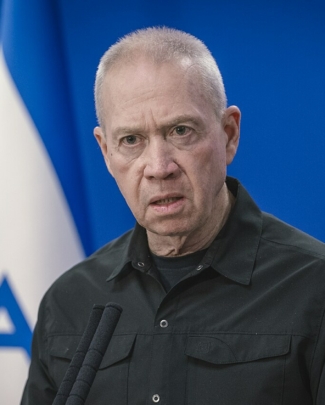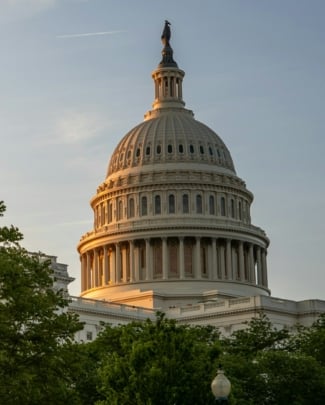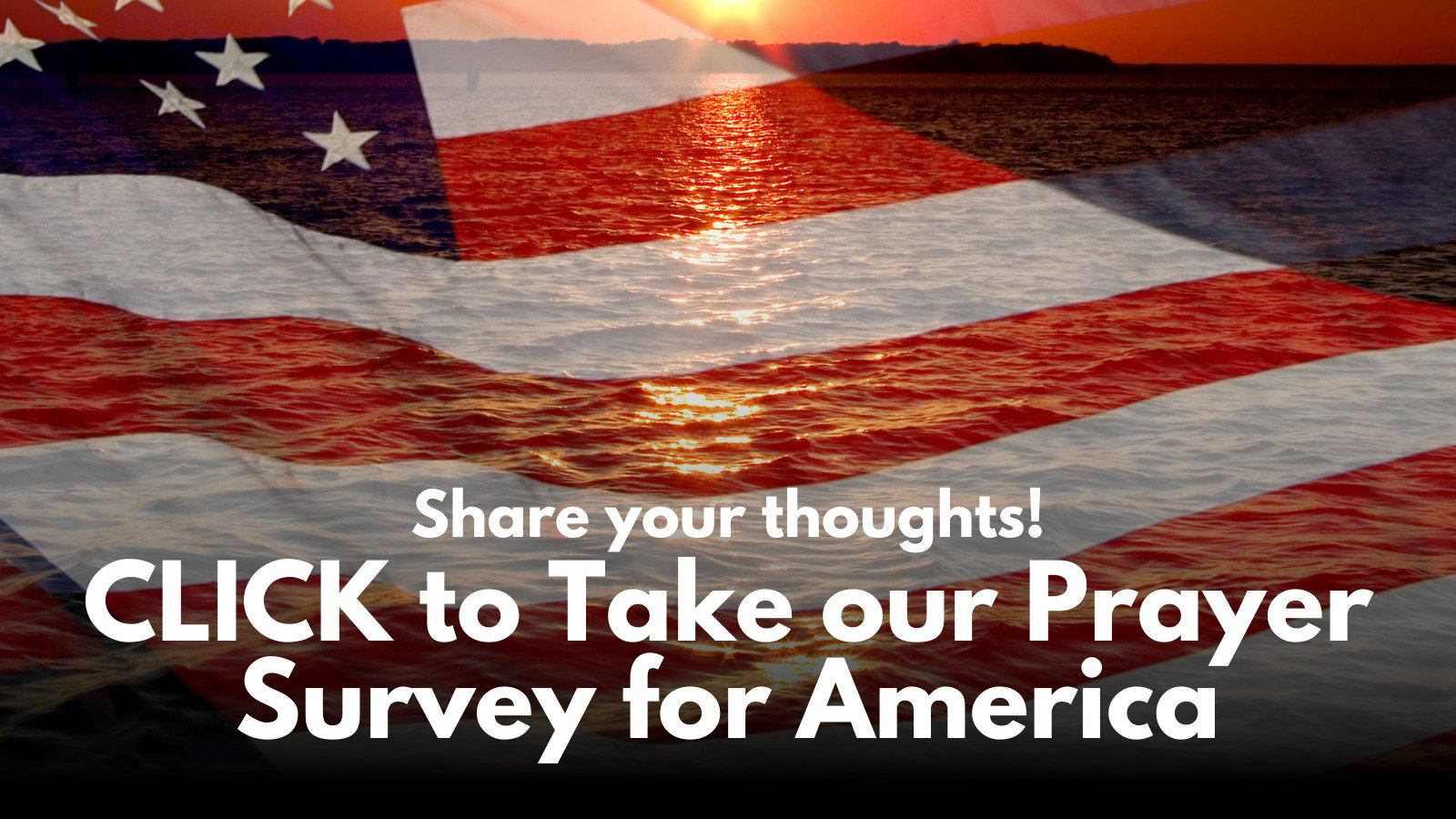DID CHINA MANIPULATE THE U.S. RESPONSE TO THE TRADE DEAL?
RONALD MCDONALD HOUSE ATTACKED BY RIOTERS
RADICAL PUNISHMENTS FOR PEOPLE WHO REFUSE COVID-19 VACCINE?
SEN HAWLEY CALLS OUT TRAINING FOR “WHITE MEN” AT NUCLEAR FACILITY
BIDEN-SANDERS UNITY PLAN LEAVES OUT GOD
DID CHINA MANIPULATE THE U.S. RESPONSE TO THE TRADE DEAL?
The U.S.-China “Phase One” trade deal was signed on Jan. 15, 2020 EST, the same exact day that the Chinese Center for Disease Control and Prevention (CCDC) internally declared a level-one emergency response. The coincidental timing of these two events should spark everyone’s curiosity. It is impossible that China’s top officials and trade agreement negotiators would not have known about these highest-level emergency measures taken by the CCDC.
 Of course, the outbreak must have been serious enough for such measures to be taken, but the Chinese authorities failed to announce this news to the Chinese people, let alone the international community — nor did China’s trade delegation inform the United States about this situation.
Of course, the outbreak must have been serious enough for such measures to be taken, but the Chinese authorities failed to announce this news to the Chinese people, let alone the international community — nor did China’s trade delegation inform the United States about this situation.
We cannot help but wonder: Did China understand that it would have an excuse to partially or fully suspend its fulfillment of any agreement in the event of an epidemic? Was this its motive for concealing the truth from the U.S. government and gladly signing the Phase One trade agreement? For the time being, we lack sufficient evidence to provide a definitive answer. . . .
Originally, China and the United States were supposed to sign the Phase One trade deal during the first week of 2020. On Dec. 13, 2019, U.S. Trade Representative Robert Lighthizer stated that the U.S. and China would sign the agreement in the first week of January 2020, but on Jan. 5, China indicated that since President Trump unilaterally announced on New Year’s Eve that the U.S. and China would sign the trade agreement on Jan. 15, the Chinese government decided to delay the visit of the Chinese trade delegation, led by Vice Premier Liu He, to the United States.
All of a sudden, the trade deal that had seemed all but certain appeared to be on shaky ground again, as if leaders Xi Jinping and Donald Trump had divergent perceptions. People worried that the negotiations would break down at the last minute, just like the last time.
On Jan. 6, the CCDC internally initiated a level-two emergency response. The following day, President Xi chaired a meeting of the Standing Committee of the Political Bureau of the CCP Central Committee. At the time, as we previously stated in Chapter 10, the Xinhua News Agency didn’t mention that an outbreak was part of the meeting’s content, let alone that Mr. Xi issued any orders regarding epidemic prevention and control. The meeting emphasized that:
“This year is the final year for our decisive victory in building a comprehensively prosperous society and implementing the 13th Five-Year Plan.” The focus of the discussion at the Politburo Standing Committee meeting should have been the U.S.-China trade agreement, which was to be signed imminently, and how to carry out last-minute bargaining to obtain more benefits for China. Clearly, Mr. Trump was glad to sign the deal, a fact that China could use to its advantage.
Therefore, during this period, Chinese policymakers did not publicly announce that the CCDC had internally declared a level-two emergency response, nor did they inform the international community about the truth regarding the outbreak. . . .
On Jan. 11, White House officials said that the Trump administration had sent at least 200 invitations to prominent individuals to attend the signing ceremony, even though the two countries had not yet finalized the specific content of the agreement.
On Jan. 12, U.S. Treasury Secretary Steve Mnuchin stated that the commitments that China made in the first phase of the U.S.-China trade deal remained unmodified during the lengthy translation process; the agreement that was reached on Dec. 13, 2019, (that China would buy $40 billion to $50 billion worth of U.S. agricultural products each year, and import a total of $200 billion worth of U.S. goods within two years) remained unchanged.
On Jan. 13, He led the Chinese delegation to Washington and expressed that he expected to sign the trade deal with the United States on January 15.
After arriving in Washington, Mr. Liu did not alter China’s commitment to purchase U.S. agricultural products and other U.S. commodities. However, he demanded that a force majeure clause be added to the agreement, stipulating that the two countries engage in consultations “in the event that a natural disaster or other unforeseeable, uncontrollable event postpones the ability of either party to honor its obligations in accordance with the timetable.”
Subsequently, China and the United States carried out further negotiations regarding this matter.
Because the Chinese government covered up the outbreak (as of Jan. 15, China announced only 41 cases of pneumonia resulting from novel coronavirus infections in Wuhan, the United States didn’t know that the CCDC had internally initiated a level-two emergency response on Jan. 6, or that the emergency response had been escalated to level one — the highest level — roughly 10 hours prior to signing of the trade deal. Nor was the United States aware that an “unforeseeable, uncontrollable event” had already occurred in China), the United States agreed to add the force majeure clause to the Sino-U.S. Phase One trade deal, without giving it much thought.
On Jan. 15, at the White House, President Trump and Chinese Vice Premier Liu He signed the U.S.-China Phase One trade deal in the presence of more than 200 guests from all walks of life. . . .
The Chinese government meticulously covered up the outbreak in Wuhan; failed to disclose the CCDC’s initiation of level-one and level-two emergency responses; conned Mr. Trump into signing the Phase One trade agreement with Mr. Liu; and duped the United States into adding a force majeure clause to the agreement, laying the groundwork for China’s nonfulfillment (or incomplete fulfillment) of the agreement in the future.
(Excerpt from The Washington Times. Article by Jianli Yang. Photo Credit: Wikimedia Commons.)
What are your thoughts on how China may have manipulated the trade deal? Share in the comments!
Partner with Us
Intercessors for America is the trusted resource for millions of people across the United States committed to praying for our nation. If you have benefited from IFA's resources and community, please consider joining us as a monthly support partner. As a 501(c)3 organization, it's through your support that all this possible.






Comments
This reminds me of when diplomats from Japan were in Washington D.C. early in December 1941, when on the morning of December7th, Pearl Harbor was attacked and bombed. i.e. World War II.
Now—-here we go again—-only a different kind of warfare!
Can we put 2 and 2 together and get 4???
I am sure of it, the Chinese President deceived President Trump and the rest of the World. I think the U.S. and other countries should at the same time put sanctions on China
Father God, we pray that you will use this deceipt to fully expose how the Chinese government is untrustworthy. We pray for wisdom and discernment for pres. Trump so that he will know your will in this complicated issue.